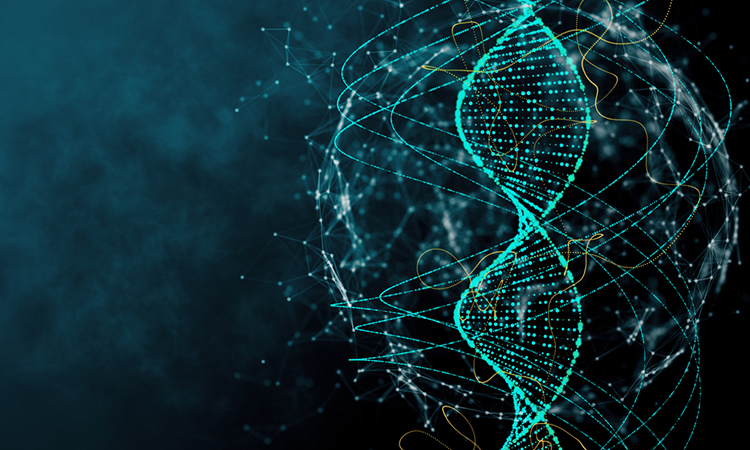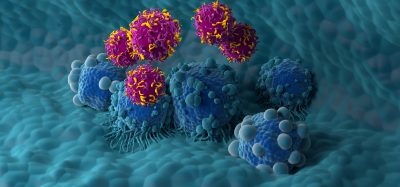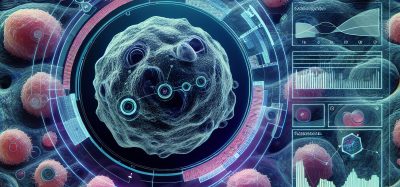New algorithm can predict when cancer will resist chemotherapy
Posted: 19 January 2024 | Drug Target Review | No comments yet
The ML algorithm explores how genetic mutations collectively influence a tumour’s reaction to drugs impeding DNA replication.


Researchers from the University of California San Deigo School of Medicine have developed a machine learning (ML) algorithm to predict when cancer will resist chemotherapy, which is one of the largest challenges in cancer research.
As part of normal cell division, all cells rely on complex molecular machinery to replicate DNA. Most chemotherapies work by disrupting this DNA replication machinery in rapidly dividing tumour cells. Scientists recognise that a tumour’s genetic composition greatly influences its specific drug response, but the multitude of mutations found within tumours makes the prediction of drug resistance difficult.
The new ML algorithm overcomes this challenge by exploring how various genetic mutations collectively influence a tumour’s reaction to drugs that impede DNA replication. The team specifically tested their model on cervical cancer tumours and successfully forecasted responses to cisplatin, a common chemotherapy drug. The model was able to identify tumours at most risk for treatment resistance and could identify much of the underlying molecular machinery driving treatment resistance.
Dr Trey Ideker, professor in Department of Medicine at UC San Diego, noted: “Hundreds of proteins work together in complex arrangements to replicate DNA…Mutations in any one part of this system can change how the entire tumour responds to chemotherapy.”
Dr Ideker continued: “Clinicians were previously aware of a few individual mutations that are associated with treatment resistance, but these isolated mutations tended to lack significant predictive value. The reason is that a much larger number of mutations can shape a tumours’ treatment response than previously appreciated…Artificial intelligence bridges that gap in our understanding, enabling us to analyse a complex array of thousands of mutations at once.”
The standard set of 718 genes commonly used in clinical genetic testing for cancer classification and the mutations within them were used as the initial input for the machine learning model. The model, after being training with publicly accessible drug response data, pinpointed 41 molecular assemblies where genetic alterations influence drug efficacy.
“Cancer is a network-based disease driven by many interconnected components, but previous machine learning models for predicting treatment resistance don’t always reflect this,” said Ideker. “Rather than focusing on a single gene or protein, our model evaluates the broader biochemical networks vital for cancer survival.”
The model was tested in cervical cancer, in which around 35 percent of tumours persist following treatment. The model accurately identified tumours that were susceptible to therapy, which were associated with improved patient outcomes. The model also effectively found tumours likely to resist treatment.
Beyond forecasting treatment responses, the model helped elucidate its decision-making process by identifying the protein assemblies driving treatment resistance in cervical cancer. Having the ability to interpret its reasoning is essential to the model’s success and for building trustworthy AI systems.
Dr Ideker concluded: “Unravelling an AI model’s decision-making process is crucial, sometimes as important as the prediction itself…Our model’s transparency is one of its strengths, first because it builds trust in the model, and second because each of these molecular assemblies we’ve identified becomes a potential new target for chemotherapy. We’re optimistic that our model will have broad applications in not only enhancing current cancer treatment, but also in pioneering new ones.”
This study was published in Cancer Discovery.
Related topics
Artificial Intelligence, Cancer research, Chemotherapy, DNA, Genetic Analysis, Machine learning
Related conditions
Cancer Research, Cervical cancer
Related organisations
University of California San Deigo School of Medicine
Related people
Dr Trey Ideker (UC San Diego School of Medicine)








